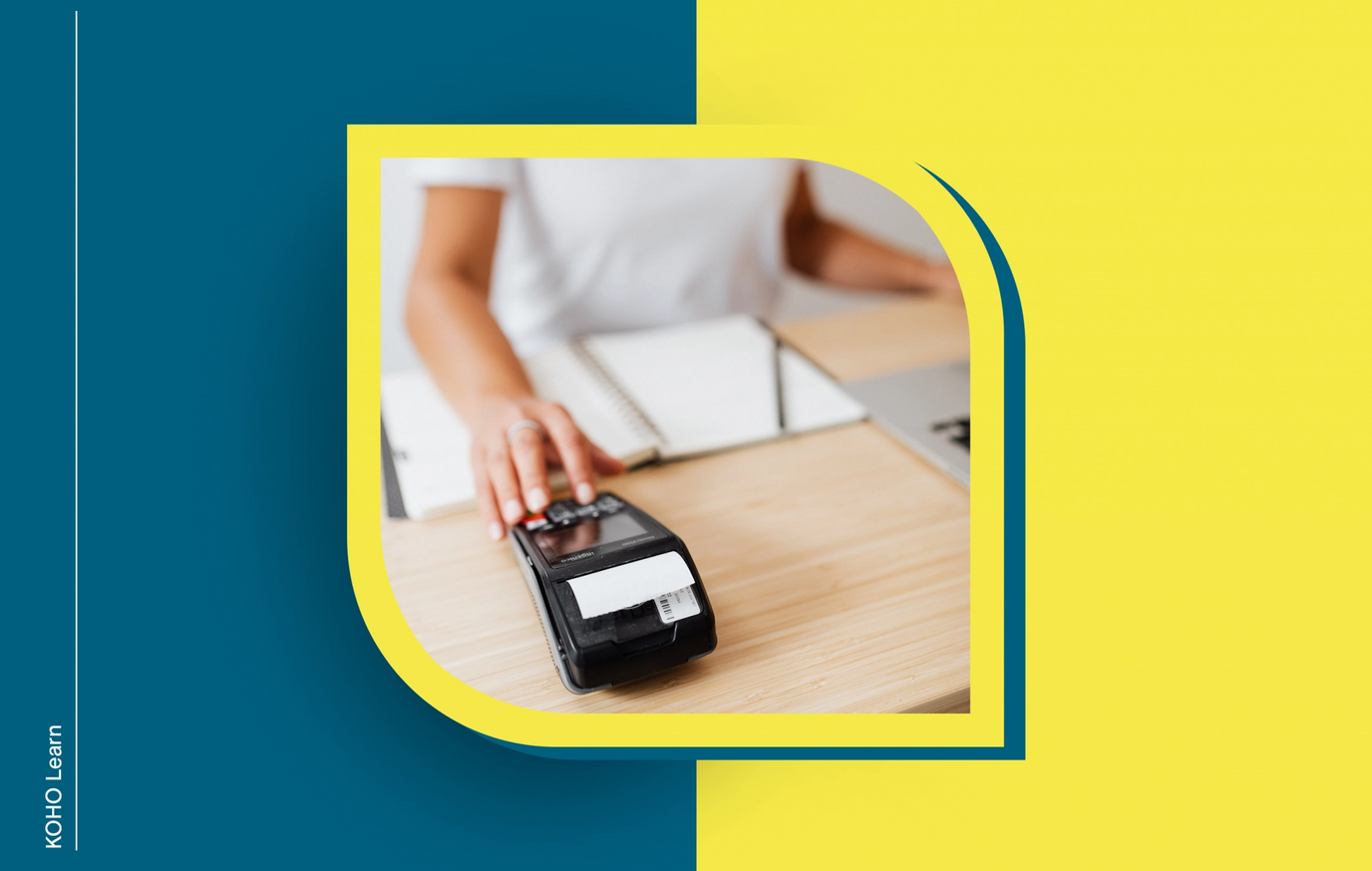
Rounding it up
A cashier’s cheque is a paper-based payment method that’s guaranteed and issued by a financial institution, like a bank.
Unlike personal cheques, cashier’s cheques are drawn directly from a bank’s official accounts (rather than from your personal account), so they have a lower risk of bouncing.
Cashier’s cheques are particularly popular for large transactions, such as down payments on a house, because they provide more security than personal cheques.
Fraud is a serious issue with cashier’s cheques. Before depositing a cashier’s cheque in your account, consider contacting the issuing bank directly to verify the authenticity of your payment.
Cashier’s cheques come with fees and relatively slow processing times. You may be able to save time and money by using digital payment methods like Interac e-Transfers instead.
These days, most of us pay our bills online using Interac e-Transfers or other digital payment methods. But sometimes you need to go a little old school and opt for a classic paper cheque.
Paying by cheque can be confusing, though, especially if it’s not something you do on a daily basis. Things can get even more complicated with cheque payments once you realize that there are many different kinds of cheques out there.
In fact, while most people are familiar with personal cheques, many Canadians don’t realize that there are other types of paper-based payments available, like the good ol’ cashier’s cheque.
So what is a cashier’s cheque, you might be wondering?
At its most basic, a cashier’s cheque is a physical, pre-paid form of payment that’s backed and guaranteed by a bank or financial institution. They’re more popular than personal cheques for larger transactions, like real estate purchases, because there’s less of a risk that the cheque will bounce when it’s cashed.
If you’re more accustomed to digital payment methods, all of this talk of cashier’s cheques can be a bit bewildering. In this article, we’ll discuss everything you need to know about paying by cashier’s cheque so that you can be more knowledgeable about your finances.
What is a cashier’s cheque?
A cashier’s cheque is a type of cheque that’s signed, guaranteed, and paid out by a bank or financial institution.
When you deposit a cashier’s cheque, the money you receive actually comes from the issuing bank—not from the person who gave you the cheque. That’s because cashier’s cheques are pre-paid by the purchaser and the money is held by a bank in its official accounts until you deposit the funds.
Cashier’s cheques aren’t as common as personal cheques, which are what you can use to make payments from your bank account via a chequebook.
However, cashier’s cheques are popular when handling large sums of money because they’re backed by a financial institution. This official backing gives the recipient more confidence that their cheque won’t bounce after it’s deposited, which is always a risk when you cash cheques from people or businesses that you don't know.
Many banks, businesses, and individuals treat cashier’s cheques as “guaranteed funds” because they have the backing of a financial institution. This is typically a reasonable assumption to make as genuine cashier’s cheques have already been paid for upfront.
But there are fraudulent cashier’s cheques out there, so you should always double-check any payments you receive before depositing them in a bank. The risk of fraudulent cashier’s cheques isn’t particularly high in Canada, though it should always be a concern when doing business with people or companies you don’t know.
Cashier’s cheque vs. personal cheque
It can be hard to understand the value of cashier’s cheques until you compare them with personal cheques.
Personal cheques are what you have in your chequebook. When you write a personal cheque, you’re basically telling your financial institution that you want to authorize a payment from your chequing account to a person or business for a set amount of money. Your payee can then take your cheque to a bank and deposit (or cash it) to receive your funds.
The processes of depositing a personal cheque and a cashier’s cheque are actually very similar. But the difference between these types of cheques lies in how they’re produced in the first place and in where the money comes from to pay the recipient.
With a personal cheque, anyone with a chequebook and chequing account can send payments to anyone else. The money for the cheque is drawn directly from your account once your recipient deposits or cashes the payment.
Conversely, with a cashier’s cheque, you have to give your money to the bank first before they’ll issue a cheque. This money is then held in the bank’s official accounts until the cheque is deposited. Once your recipient deposits their cheque, the money is drawn directly from the bank’s accounts—not yours.
This distinction gives cashier’s cheques an advantage over personal ones, especially when transaction security and fraud are concerned. Since the money for a cashier’s cheque is drawn directly from a bank’s official accounts, there’s a much lower risk that the transaction will fail due to insufficient funds when you use this kind of payment method.
Cashier’s cheque vs. certified cheque
Now that you understand the difference between a cashier’s and a personal cheque, we can introduce one more paper-based payment option into the mix: a certified cheque.
A certified cheque is another alternative to a personal cheque, but it’s not the same thing as a cashier’s cheque. That’s because a certified cheque is simply a personal cheque that’s certified by a bank teller to be genuine for payment.
What exactly does this mean?
Basically, if you want to pay someone by certified cheque, you would take your chequebook to your local bank branch and write a cheque to your recipient. The bank teller would then verify your identity and confirm that you have enough money in your account to cover the transaction. Then, the teller would stamp and sign your personal cheque to indicate that it’s been certified by the bank (thereby becoming a “certified cheque”).
Your recipient would then take your certified cheque to their bank to cash or deposit it. The money for your transaction would be drawn directly from your account—not the bank’s official accounts, like what would happen with a cashier’s cheque.
All this means is that certified cheques provide an extra layer of authenticity and formality to a personal cheque, which can be helpful if you’re receiving funds from someone you don’t know. However, some businesses will only accept cashier’s cheques for very large transactions because they come with the added benefit of being paid out directly from a bank’s official accounts.
Pros & cons of cashier’s cheques
There are many great reasons why you might want to pay via cashier’s cheque, especially if you need to make a large payment. But there are some downsides to using cashier’s cheques, too, that are worth keeping in mind.
Some of the main advantages of cashier’s cheques include:
Guaranteed funds – Since cashier’s cheques are paid directly by a bank’s official accounts, they are effectively guaranteed forms of payment. Fraud is always a concern with this payment method, though, so be on the lookout for any cashier’s cheques that look a bit out of the ordinary. You can often call the issuing bank directly to verify the authenticity of a cashier’s cheque before you cash it, too.
Protects your personal information – Cashier’s cheques are written and issued by a financial institution, so your personal banking information never appears on the actual document. This is a huge advantage over certified and personal cheques, which have your account numbers listed on them. If you need to send money to someone you don’t know, a cashier’s cheque can help protect you from financial fraud.
More secure than cash – Cash is considered one of the least secure payment methods because it can be easily stolen. Once cash is stolen, it’s very difficult to trace, so any funds you lose may be gone forever. Using a cashier’s cheque can provide you with a layer of protection against theft, especially if you have to send money in the mail.
Faster payment settlement times – Generally speaking, cashier’s cheques settle faster than personal cheques since they’re drawn from official bank accounts. This isn’t always the case, though, so you’re often better off using digital payment methods like Interac e-Transfers if you need to send money quickly.
Despite their benefits, cashier’s cheques do have downsides. Some of the disadvantages of cashier’s cheques include:
No stop payments – Unlike a personal cheque, you can’t issue a stop payment on a cashier’s cheque. If you lose a cashier’s cheque, it can be very, very difficult to retrieve your funds. You can try to contact the issuing bank to see if they can cancel the cheque, but doing so may not be possible in every situation.
Requires a transaction fee – Cashier’s cheques aren’t free, so be prepared to pay a transaction fee whenever you get one from a bank. The fee for these cheques is typically around $15 to $20, which can make them unnecessarily expensive for smaller transactions.
Can be counterfeited – Cashier’s cheque fraud isn’t overly common, but it does happen. If you receive a cashier’s cheque from someone you don’t know, your best bet is to go to a branch of the issuing bank to double-check that it’s real before you deposit it. If you accidentally deposit a fake cashier’s cheque and spend the money before your bank realizes that the cheque was fraudulent, you’re actually required to repay all of the funds you spent. Yikes!
Slower than electronic payments – Even though cashier’s checks normally settle faster than personal cheques, they’re still less efficient than electronic payment methods. By the time you go to a bank, buy a cashier’s cheque, send it to your recipient, and wait for them to cash the funds, a few days or even a week might have whizzed by. If you don’t want to wait days for your payment to clear, you can send Interac e-Transfers from your KOHO account for free. Most e-Transfers settle in an hour or two, so they’re perfect for time-sensitive payments.
Is a cashier’s cheque Safe?
Cashier’s cheques are legitimate methods of payment that can be very helpful if you’re dealing with large sums of money. However, no payment method is completely free of fraud, so you always have to be on the lookout for scammers and fake cashier’s cheques.
Most of the advantages of cashier’s cheques come from the fact that these cheques are guaranteed and paid out by the issuing bank. This provides them with an added level of credibility over personal cheques. But if you want to save money on transaction fees or if you need to make a payment quickly, a digital payment method like an e-Transfer may be a better option.

About the author
Gaby Pilson is a writer, educator, travel guide, and lover of all things personal finance. She’s passionate about helping people feel empowered to take control of their financial lives by making investing, budgeting, and money-saving resources accessible to everyone.
Read more about this author